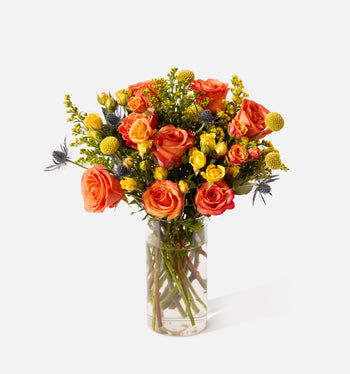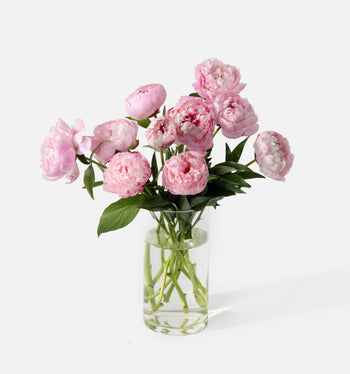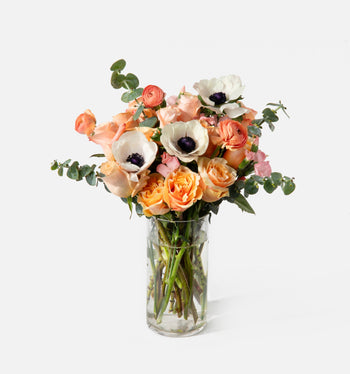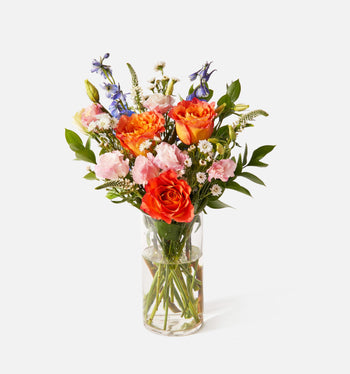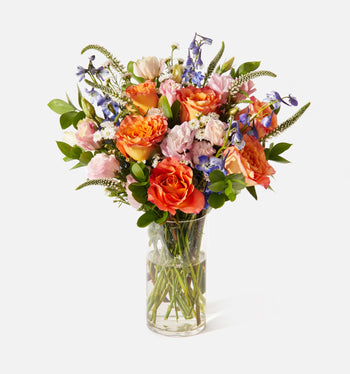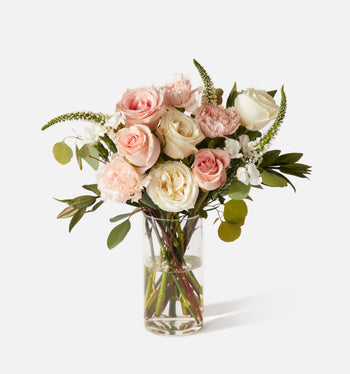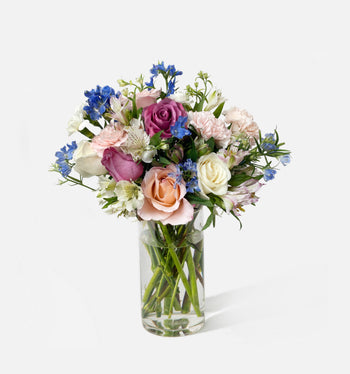Some habits die hard — and that’s usually because they are tried, true, and actually work. One concrete example is watering plants. Vegetation requires water to thrive, of course. Without regular moisture, the leaves would ultimately wilt, and the plant would slowly wither away.
In the modern world, though, there appears to be plenty of flexibility where plant care is concerned. Sure, watering plants is still the norm (and still vital to your plant’s vitality and well-being), but there’s a new nourishing agent in town, and it’s none other than … pasta water.
Yes, pasta water — the very same excess liquid left behind after you whip up a plate of spaghetti or penne. What exactly is the connection between pasta and plants, and how can using the water leftover from cooking benefit your greenery? Here’s what you need to know about this trend sweeping the internet right now.
Why Are People Watering Their Plants With Pasta Water?
- How the Pasta Water Trend Started
- The Benefits of Using Pasta Water
- Tips to Use Pasta Water on Plants
You can thank social media for the rise of watering plants with pasta water. It’s never been the norm, but the newfangled approach to nurturing your vegetation may not be as farfetched and outlandish as it initially sounded. The trend swept TikTok, Instagram, and Facebook, with users sharing their success stories and extolling the virtues of using the water in which they prepared their macaroni and cheese to nourish their plants.
It might have been dismissed as just another microscopic internet fad had it not been for the way it took off like wildfire — purely because of its efficacy. Yes, it turns out that watering your plants with pasta water may be one of the best steps you can take for the longevity and even the beauty of your plant life.
The results, as users across various social media platforms have shared, are impressive. One expressed shock when their fiddle leaf fig sprouted several jumbo-sized leaves in under a month. That’s the general consensus among those who have used pasta water to feed their plants with good results: The leaves come in large and robust, lending their plants a fuller and more substantial appearance.
Needless to say, that is great for an indoor jungle. You want plants that are well-nourished, healthy, and in some cases, abundant. You might prefer the look of sizable plants that lend any space in your home a distinctive touch. Whether you’ve struggled with plant growth issues in the past or you want to experiment with the trend, you might find yourself surprised by how well pasta-watering works in your plants’ favor.
Here’s the truth: Using pasta water on your plants could be a pretty good idea after all. The reason is simple. When you simmer your noodles, they release their natural starches derived from a combination of eggs, flour, and water. This is what causes the water to transform from clear to decidedly cloudy. It’s also pretty salty, which makes it a great base for everything from pasta sauces to homemade bread.
For all its versatility in the kitchen, it turns out that pasta water can also benefit your vegetation because the starch introduces nutrients like zinc, calcium, phosphorus, iron, and potassium to the water. These are all highly advantageous for thriving plants, as they can help them grow and thrive. Pasta water, much like the noodles themselves, also contains carbohydrates, which can support the soil’s bacterial behavior too.
Plus, the starches act like a mild food agent that feeds the microorganisms when you water the soil. Think of it as a natural alternative to fertilizer, as it can help them grow in much the same way. Not only that, but it will save you a considerable amount of money, given that pasta water is so much cheaper to prepare than fertilizer is to purchase.
Just like people who have tried this popular watering alternative can attest, it has a habit of yielding some surprisingly lush and bold leaves. It also supports the proliferation of good bacteria in the soil, which helps plants develop more robustly while making them more resilient as they grow.
The only caveat is to be mindful of the condition of your pasta water. If you added salt or oil to the preparation, you shouldn’t use it on your plants.
If you’re convinced that watering your plants with pasta water is worth a try, it’s smart to learn how to go about it — because, believe it or not, it’s not quite as simple as pouring some fresh pasta water on the plant or the roots. The first step is to prepare the water. Surprisingly, there are a couple of ways to do that.
The first is simply to rinse your pasta, which will cause any lingering bits of “dust” from the pasta to slough away into the water. You can then use this to water your plants. A more effective alternative that yields more impressive nutrients is to use the water in which you boil your pasta. You’ll get a better return on your time and effort, as your plants will experience the difference.
If you opt for the latter method, make sure you’ve strained the water to prevent any little chunks of pasta from becoming immersed in the soil. When you’re ready to water, test the water to make sure it feels cool. You don’t want to risk overheating the plant or potentially causing an issue like root rot that’s intensified by the heat.
How you water is largely a matter of preference. If you are spraying a succulent or another fleshy plant that doesn’t require too much moisture, put the water in a clean spray bottle and spray your plant on both the topsoil and the tops and bottoms of the leaves with a light mist.
An alternative is to water your plants with pasta water from the bottom. Doing this allows the roots to soak up the water, providing them with the vital nutrients they need to help your plant thrive. For this method, just fill a flat container that’s a couple of inches larger than the flower pot with pasta water. Set the pot on the pasta water container and wait until at least an inch of the topmost soil layer feels damp. Note that it shouldn’t be soaking, or you risk root rot.
Using pasta water on your plants is an interesting technique that has the potential to truly give your plants what they need to look their best — all while saving you money. It’s a simple, quick, and effective way to make the most of your resources in the home.


